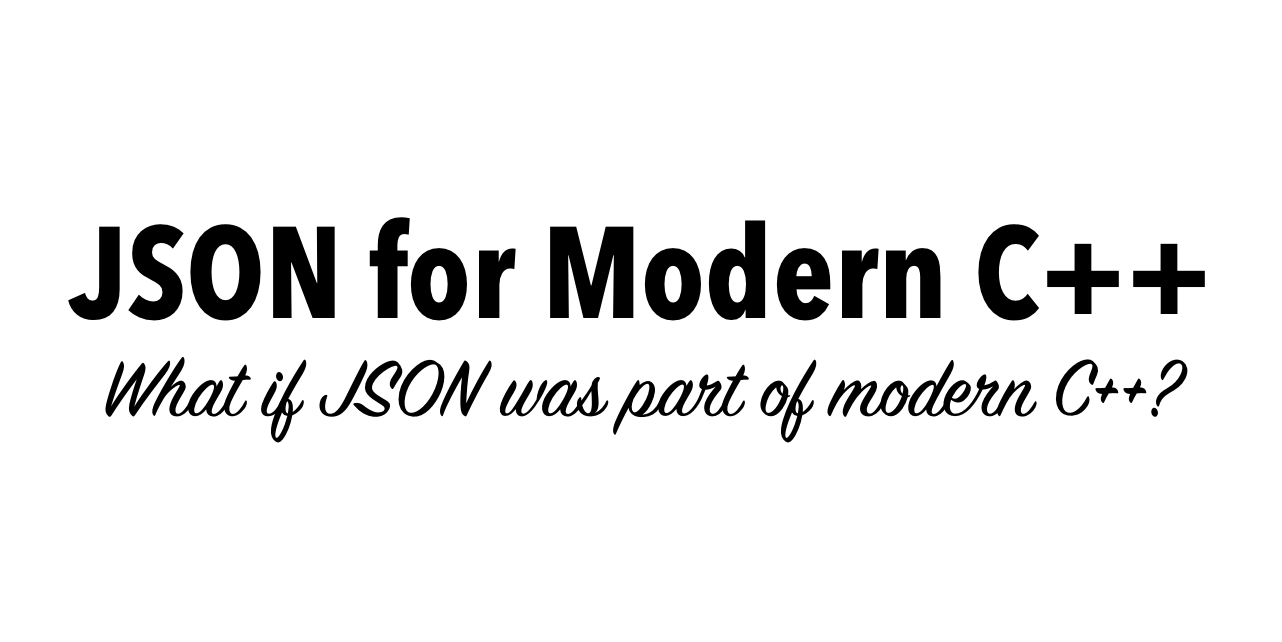use nlohmann::json for serialization

Here some samples of how to use nlohmann::json for (de)serialization
Define a struct following macro in it:
NLOHMANN_DEFINE_TYPE_INTRUSIVE(Struct-name, member1, member2,...)This will add everything needed for nlohmann::json to (de)serialize this struct.
struct Tower{
std::string name;
int type_id;
float range;
NLOHMANN_DEFINE_TYPE_INTRUSIVE(Tower, name, type_id, range)
};
// create an instance
Tower tower{"Tower",1895,18.95f};
// convert to json, just by assigning:
nlohmann::json json = tower;
// convert to string
std::string json_as_string = json.dump()
// convert to bson (a more compact format)
std::vector<std::uint8_t> as_bson = nlohmann::json::to_bson(json);
To create a json or instance from this data:
// string to json
nlohmann::json back_json = nlohmann::json::parse(json_as_string);
// bson to json (from std::vector<std::uint8_t>)
auto from_bson_json1 = nlohmann::json::from_bson(bson_data);
// bson to json (having void* and size)
auto from_bson_json2 = nlohmann::json::from_bson(bson_data,bson_data+size);
// json -> instance
auto tower = back_json.get<Tower>();
I just started with this, but it looks quite promising. Before I used flatbuffers or rapidjson.


